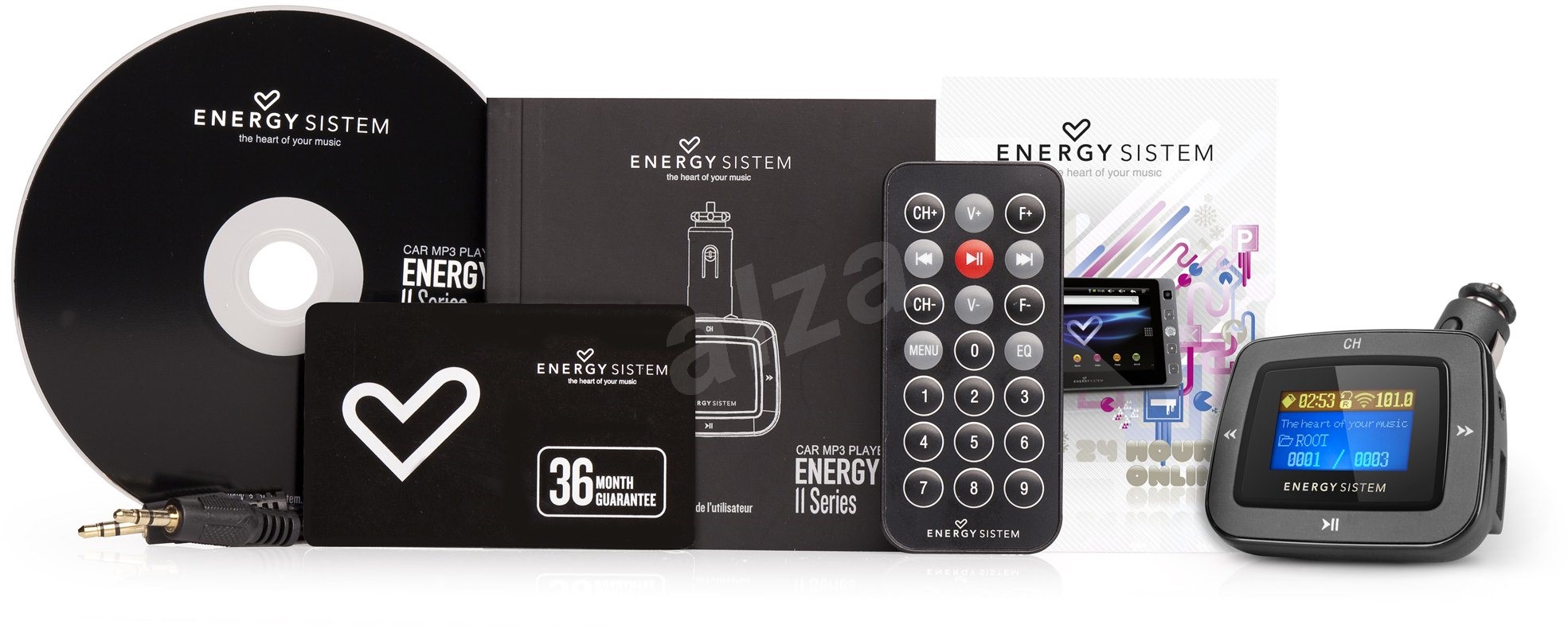


Although Bluetooth is better than ZIGBEE for transmission rate, ZIGBEE has lower power consumption. The PIC controller controls the devices and sends the sensor values to the PC via ZIGBEE module. PIC16F877A controller is used in a predominant way because it is rich in peripherals and hence many devices can be interfaced at ease, it is also very cheap and can be easily assembled and programmed. It is built on the IEEE 802.15.4 low rate wireless Personal Area Network standard. ZIGBEE is a new short distance, low data rate wireless network technology. In this paper a low cost, low power smart home system using ZIGBEE, GSM, sensors (smoke, IR motion sensors) and RFID has been presented.

Major automobile manufacturers are offering a limited but growing number of production FCEVs to the public in certain markets, in sync with what the developing infrastructure can support.In recent years Intelligent Smart Home System has become one of the main applications of Wireless Sensor Networks. FCEVs are equipped with other advanced technologies to increase efficiency, such as regenerative braking systems that capture the energy lost during braking and store it in a battery. Similar to conventional internal combustion engine vehicles, they can fuel in less than 4 minutes and have a driving range over 300 miles. energy resiliency through diversity and strengthening the economy.įCEVs are fueled with pure hydrogen gas stored in a tank on the vehicle. Unlike conventional internal combustion engine vehicles, these vehicles produce no harmful tailpipe emissions. What is a fuel cell electric vehicle?įCEVs use a propulsion system similar to that of electric vehicles, where energy stored as hydrogen is converted to electricity by the fuel cell. Hydrogen is considered an alternative fuel under the Energy Policy Act of 1992 and qualifies for alternative fuel vehicle tax credits. Department of Energy leads research efforts to make hydrogen-powered vehicles an affordable, environmentally friendly, and safe transportation option. FCEVs and the hydrogen infrastructure to fuel them are in the early stages of implementation. They are more efficient than conventional internal combustion engine vehicles and produce no tailpipe emissions-they only emit water vapor and warm air.

Fuel cell electric vehicles (FCEVs) are powered by hydrogen.


 0 kommentar(er)
0 kommentar(er)
